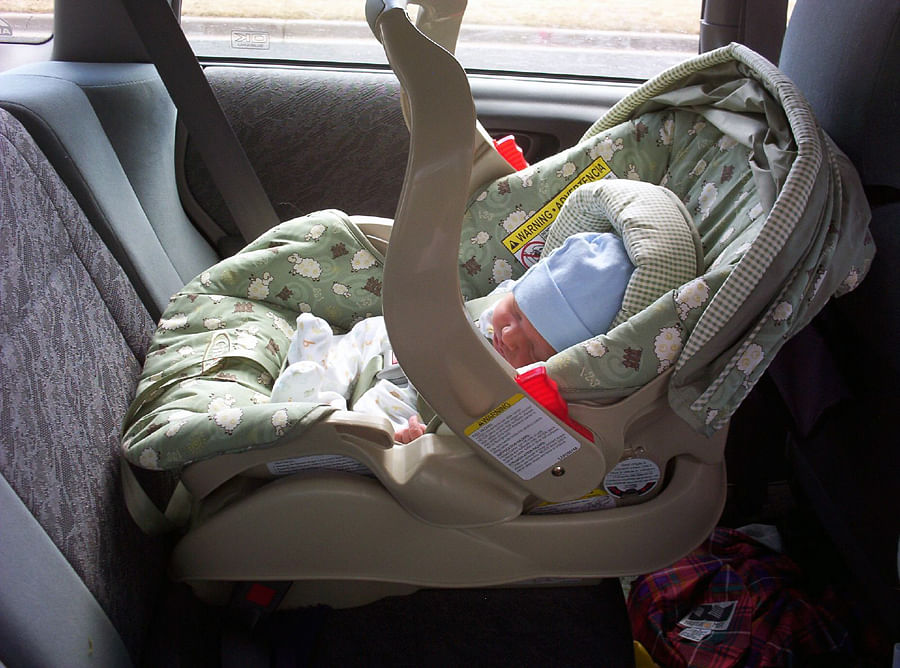Indian road safety and user habits are rather bad. There is absolutely no doubt that Indian roads are killers and among the most unsafe in the world.
It could be due to lack of education and awareness, total disregard for one’s and fellow motorists’ safety or sheer bravado that nothing will happen.
Another possible reason could be that fines and punishments are small and lenient.
In this scenario, infants and young children are most vulnerable. The previous Indian Motor Vehicles Act did not mention child safety but it was a welcome change that the Amendment Bill 2016 included rules for child helmets and child restraint systems. There were successive amendments but it is pending in Parliament.
Here is what you should and should not do when an infant or child is on the bike or in a car:
DON’Ts
Never allow your child to be ferried to school in overcrowded and overloaded autorickshaws.
The parent should not have more than one child on the pillion seat. More than one child on a bike is asking for trouble.
Parents should never let young kids and infants travel in a car without seatbelts fastened or child seats.
It is very dangerous to fasten a child seat in the front passenger seat of the car. It is more dangerous there are airbags as it can severely injure or kill a child.
WHO forbids the use of the three-point lap and diagonal seatbelt used by adults because it is not designed for children’s varying sizes, weights and the different relative proportions of children’s bodies. This is because a child’s ribs are more likely than an adult’s to bend rather than break, resulting in energy from a collision being transferred to the heart and lungs. Consequently, three-point lap and diagonal seatbelts may lead to abdominal injuries among children.
DOs
Buckling up kids and securing infants in child seats (and those to seatbelts) is crucial. Infants and young children are more susceptible to injury or even death. This is due to the fact that their bodies are not as developed as those of adults to take crash impact.
A child seat facing the rear of the car is the best way to ensure that there is minimum risk in case of an accident. Research shows that babies’ heads are the heaviest part of their bodies but are not well developed enough to take the impact when they are forward facing. With a rear facing seat, the child’s head is supported and the forces are distributed across the neck, spine and the back.
WHO recommends that infants and children need a child restraint system that accommodates their size and weight, and can adapt to cope with the different stages of their development. Doing this reduces deaths of children by between 50 and 75%.
It is generally recommended that children up to the age of at least two should be in the rear-facing position or till the child has gone beyond the height and weight limit of the child seat.
The best place to fasten a baby or child seat is the centre portion of the rear seat.
Buy a good quality child seat. The cheapest seat is about Rs 5,000 and can cost up to Rs 30,000.
